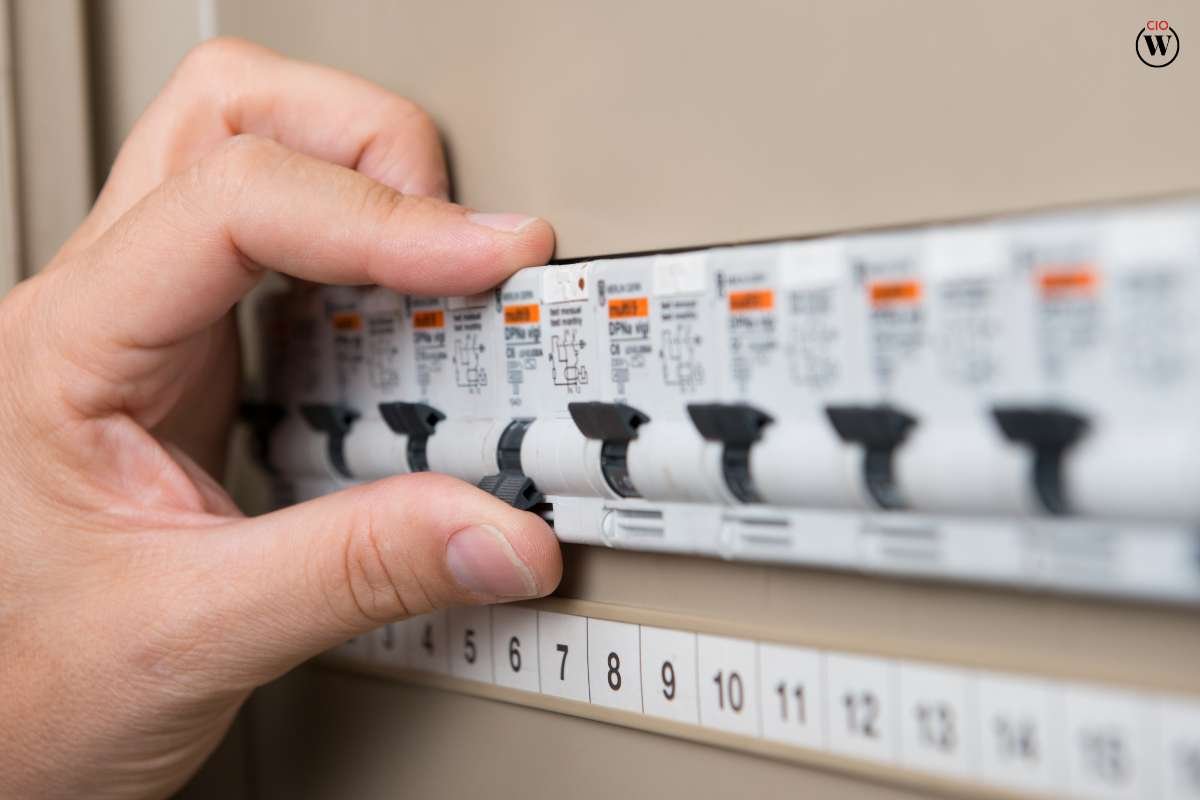Electronics have become a basic necessity these days in order to lead a harmonious life. Without the use of electronic components, it is not possible to use electronic circuits. There are a number of electronic components used for building these circuits. Some components are capacitors, integrated circuits, resistors, and diodes. These components are basic discrete devices to use in any electronic system. These components have a minimum of two terminals that are used to connect to the circuit.
Active and passive components include transistors and transformers respectively. Passive components also include inductors, capacitors, and resistors. These electronic components like transformers are usually used to increase or decrease the power consumed, as per the requirement.
Here is an Introduction to Electronic Components and their Functions;
I. Unveiling the World of Electronic Components
- Resistors

These components regulate the flow of electric current in a circuit, offering resistance. They’re vital for setting voltage levels and current paths in various applications, from LED lighting to complex electronic devices.
- Capacitors:
Capacitors store and release electrical energy, often used to stabilize voltage levels and filter out unwanted noise in power supplies and audio systems. It helps to keep the voltage at a stable rate and maintains uniformity in the transmission of electricity.
- Diodes:
Diodes allow current flow in one direction only, preventing reverse current. They find use in rectification, signal modulation, and voltage regulation. The prevention of backlash in the passing of current is important to prevent mishaps.
- Transistors:
Transistors amplify and switch electronic signals. They’re the building blocks of digital circuits, forming the backbone of modern electronics. Without transistors, the electric aspect cannot function in our lives.
- Inductors:
Inductors store energy in a magnetic field, resisting changes in current. They’re crucial in power supplies, transformers, and filters. Changing current spoils the electronic gadgets as the uniformity in the passage of current isn’t maintained.
- Integrated Circuits (ICs):
ICs comprise multiple components on a single chip. They range from microprocessors powering computers to specialized chips like sensors and amplifiers. These sensors and amplifiers help the gadget to function properly, without any hassles.
II. Diving Deeper into Functions and Applications
- Resistors:
From dimming LED lights to setting bias currents in transistors, resistors are ubiquitous. High-resistance resistors are used in voltage dividers, and low-resistance ones are employed in current sensing.
- Capacitors:
In power supply filtering, capacitors smooth voltage ripples. In timing circuits, they control signal frequency. Decoupling capacitors reduce noise in ICs.
- Diodes:
Light-emitting diodes (LEDs) emit light when current flows through them. Zener diodes regulate voltage, and Schottky diodes enable fast switching in high-frequency circuits.
- Transistors:
Bipolar Junction Transistors (BJTs) amplify current, while Field-Effect Transistors (FETs) control current through a voltage signal. They’re key to amplification, switching, and signal modulation.
- Inductors:

Inductors store energy in magnetic fields, crucial in energy conversion processes. They’re found in power supplies, transformers, and various energy storage applications.
- Integrated Circuits (ICs):
Microcontrollers coordinate complex tasks in electronic devices. Operational amplifiers (op-amps) amplify signals, and digital logic ICs perform logical operations.
III. Safety Precautions for Working with Electronic Components
- Static Electricity:
Ground yourself to prevent electrostatic discharge (ESD) when handling components. Use anti-static mats and wrist straps to dissipate built-up charges.
- Component Heat:
Some components generate heat during operation. Ensure proper ventilation and consider heat sinks for heat-intensive components. Keep doors and windows open before starting the work on such components.
- Voltage Checks:
Always disconnect power sources before touching or testing components. Use multimeters to measure voltage and continuity. It will help to prevent fatal accidents. A sudden current passage can occur causing a major accident.
IV. Practical Tips for Handling Electronic Components at Home
- Workspace Organization:
Maintain an organized workspace with labeled bins for different components. This helps prevent mix-ups and simplifies the assembly process.
- Desoldering Techniques:
Learn to desolder components without damaging the circuit board. Use a desoldering pump or wick to remove excess solder. It will help the components to work properly and increase their durability too.

- Basic Soldering Skills:
Master basic soldering techniques for component installation and circuit assembly. Practice on scrap components before working on sensitive devices.
- Component Identification:
Familiarize yourself with component markings and color codes. This knowledge helps you choose the right components and verify their values.
V. Navigating the Exciting World of Electronic Components
Electronic components drive the modern world, powering everything from smartphones to spacecraft. By grasping their functions, applications, and safe handling practices, you’re equipped to explore this realm with confidence. From resistors regulating current to integrated circuits orchestrating intricate operations, each component is a piece of the technological puzzle that shapes our lives. Remember to prioritize safety, embrace hands-on learning, and let your curiosity guide you through the exciting journey of electronic components.
Conclusion
In a landscape where electronic components govern the heartbeat of technology, understanding their functions and applications empowers us to innovate, create, and shape the future. As we conclude this journey through the realm of electronic components, it’s evident that these components are not mere gadgets, but the life force behind the devices that have become extensions of ourselves.
The resistor’s stoic resistance, the capacitor’s energy storage, the diode’s directional prowess, and the transistor’s amplification prowess all work in harmony to bring technology to life. Inductors, with their magnetic embrace, and integrated circuits, with their microcosmic complexity, weave together the intricate tapestry of our digital reality.









